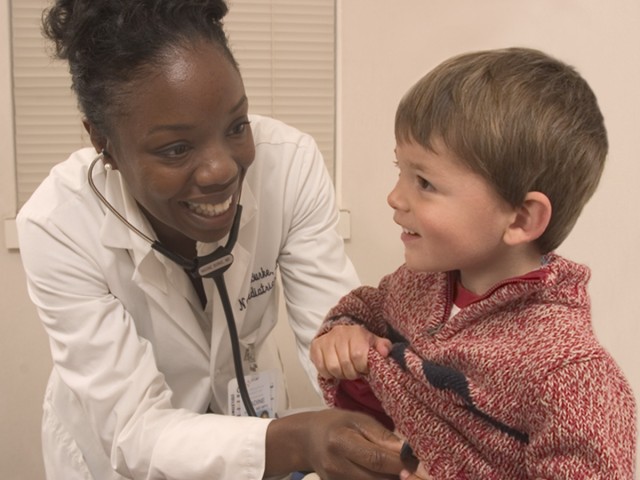
Poverty sucks.
By almost any measure, people living in poor neighborhoods, especially children, get the short end of the stick.
They’re exposed to more gun violence, less open space, more dysfunctional homes and schools, fewer neighborhood services and more undesirable infrastructure (freeways, power plants, water treatment facilities, etc.) than their counterparts in more affluent places.
That’s why the work of a dynamic inner-city pediatrician named Nadine Burke Harris is getting so much attention. Since opening a clinic in San Francisco’s Bayview neighborhood a few years ago, Burke Harris has won plenty of praise -- and funding that she’s used to open the Center for Youth Wellness on Third Street.
Building on research by Kaiser Permanente, Burke Harris is pioneering a study of how chronic exposure to “toxic stress” affects people, starting in infancy. Toxic stress among youth is caused by “adverse childhood experiences,” things like having a parent with mental illness, a father behind bars, domestic violence, friends shot or killed by gangs. These situations trigger the “fight or flight” response, according to Burke Harris. With that comes the long-term release of higher levels of stress hormones such as adrenaline and cortisol.